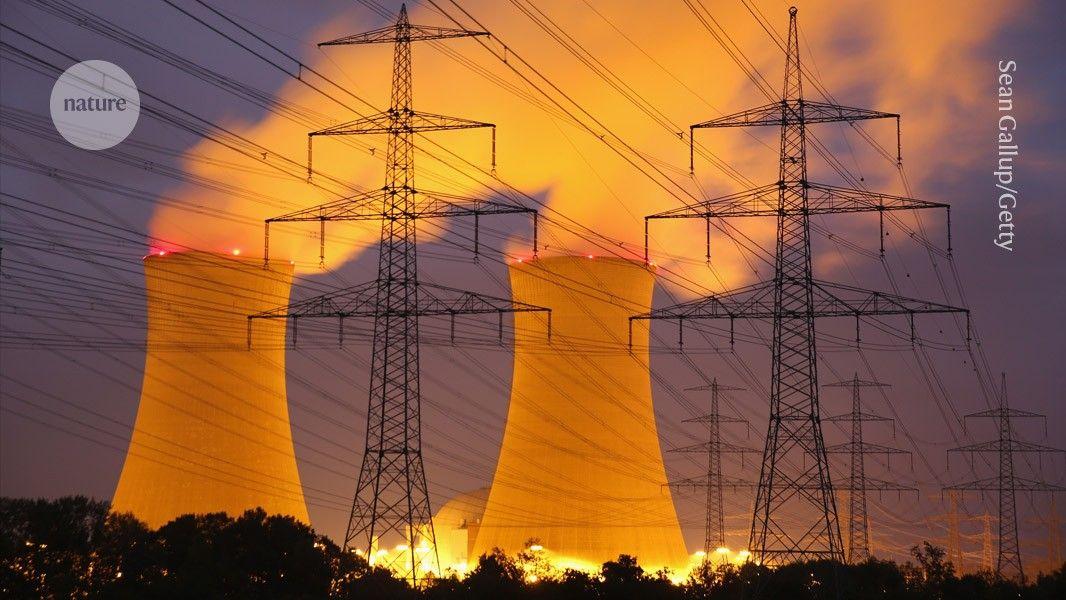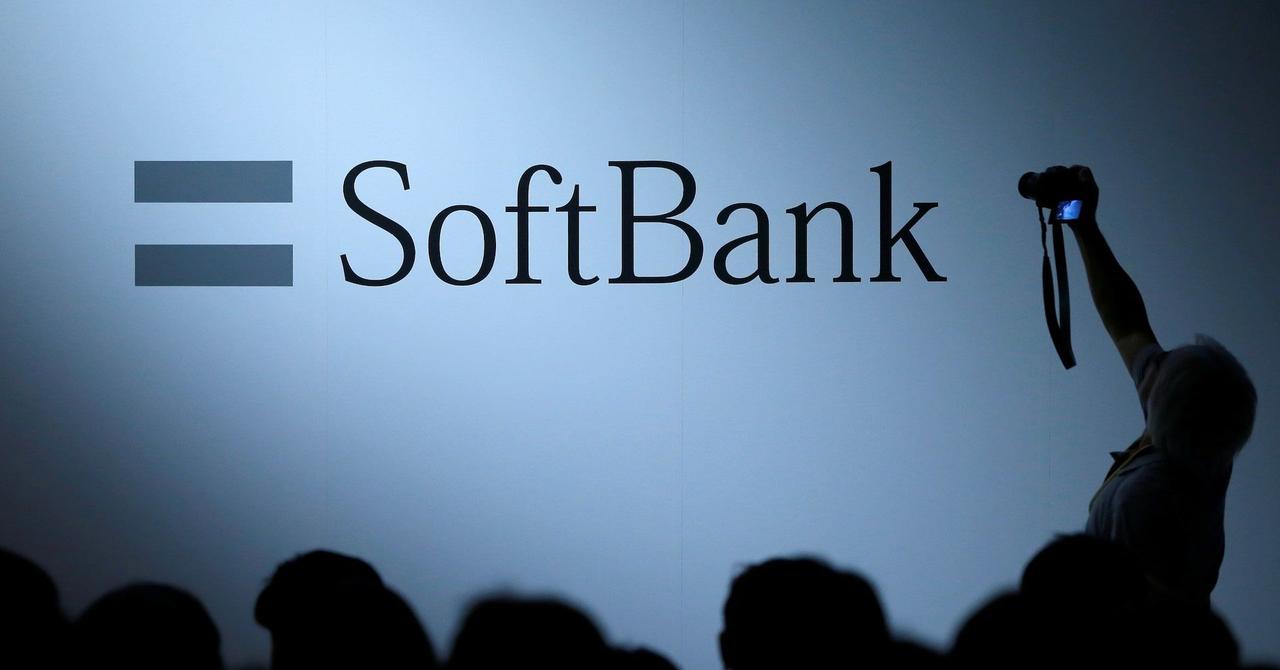AI Data Centers' Carbon Emissions Surge, Rivaling Commercial Airlines
2 Sources
2 Sources
[1]
A.I. Data Centers Are Emitting as Much Greenhouse Gases As Commercial Airlines: Study
The CO2 emissions of U.S. data centers has more than tripled in the past six years. Data centers, the nondescript facilities that dot the U.S., have for decades housed the computing equipment needed to run IT systems. The A.I. boom has transformed these facilities into priceless amenities that play a critical role in powering A.I. models. But at the same time, they have also increasingly contributed to environmental pollution. Sign Up For Our Daily Newsletter Sign Up Thank you for signing up! By clicking submit, you agree to our <a href="http://observermedia.com/terms">terms of service</a> and acknowledge we may use your information to send you emails, product samples, and promotions on this website and other properties. You can opt out anytime. See all of our newsletters Data centers in the U.S. produced at least 106 million metric tons of CO2 emissions last year, which tripled the emission level of 2018 and accounted for more than 2 percent of the nation's carbon emissions from energy consumption last year, according to a recent study by public health researchers at Harvard University and UCLA. Data centers' carbon emissions rival those of the domestic commercial airline industry, which produces around 131 million metric tons of CO2 annually, according to MIT Technology Review, which first reported the findings. The findings shine a light on the environmental impact of A.I., which consumes mass amounts of energy. A ChatGPT query, for example, uses nearly 10 times more electricity than a Google (GOOGL) search, according to Goldman Sachs researchers. Much of this energy is consumed by data centers, which train and deploy A.I. models and accounted for 4 percent of the nation's total electricity use last year -- a figure that could more than double by 2030 as Big Tech companies continue to build these facilities. A.I.'s hunger for powerful data centers has already "exacerbated the strain on electricity resources and triggered an unprecedented increase in energy demand and consumption," according to the study, which analyzed the energy use and emissions of 2,132 data centers in the U.S., about 78 percent of the national's total, between September of 2023 and this August. The U.S. is home to over a third of the world's data centers. Soaring emissions linked to A.I.-related data center use has caused Big Tech companies to fall "off the track with their sustainability pledges," wrote the study's authors. Google's carbon emissions last year was 13 percent higher than the year prior. In the past four years, Microsoft (MSFT)'s emissions have surged approximately 29 percent. Another cause for concern stems from the "cleanliness" of energy supplied to data centers in the past year. The carbon intensity of such energy is 48 percent higher than the national average, the study found. It also found that U.S. data centers are often located in geographical areas with rich carbon-intense energy sources. Fossil fuel-burning power plants accounted for 56 percent of the energy generated by these facilities, while an additional 16 percent came from coal power plants. The remaining energy was generated by nuclear and renewable energy sources, which the tech industry looks to increasingly rely on. The industry-wide need for emission-free electricity has already kicked off a nuclear energy dealmaking frenzy amongst Big Tech companies. Google, Microsoft and Amazon (AMZN) have all formed nuclear energy partnerships in recent months.
[2]
AI's search for more energy is growing more urgent
If you drove by one of the 2,990 data centers in the United States, you'd probably think little more than "Huh, that's a boring-looking building." You might not even notice it at all. However, these facilities underpin our entire digital world, and they are responsible for tons of greenhouse-gas emissions. New research shows just how much those emissions have skyrocketed during the AI boom. Since 2018, carbon emissions from data centers in the US have tripled, according to new research led by a team at the Harvard T.H. Chan School of Public Health. That puts data centers slightly below domestic commercial airlines as a source of this pollution. That leaves a big problem for the world's leading AI companies, which are caught between pressure to meet their own sustainability goals and the relentless competition in AI that's leading them to build bigger models requiring tons of energy. The trend toward ever more energy-intensive new AI models, including video generators like OpenAI's Sora, will only send those numbers higher. A growing coalition of companies is looking toward nuclear energy as a way to power artificial intelligence. Meta announced on December 3 it was looking for nuclear partners, and Microsoft is working to restart the Three Mile Island nuclear plant by 2028. Amazon signed nuclear agreements in October. However, nuclear plants take ages to come online. And though public support has increased in recent years, and president-elect Donald Trump has signaled support, only a slight majority of Americans say they favor more nuclear plants to generate electricity.
Share
Share
Copy Link
A new study reveals that AI data centers in the US have tripled their carbon emissions since 2018, now rivaling the commercial airline industry. This surge is attributed to the AI boom and raises concerns about the environmental impact of AI technologies.

AI Data Centers' Carbon Footprint Skyrockets
A recent study by researchers from Harvard University and UCLA has revealed a startling increase in carbon emissions from US data centers, largely driven by the artificial intelligence (AI) boom. The study found that data centers in the United States produced at least 106 million metric tons of CO2 emissions in 2023, more than tripling the emission levels of 2018
1
.Emissions Rival Commercial Airlines
The carbon footprint of these data centers now rivals that of the domestic commercial airline industry, which produces around 131 million metric tons of CO2 annually. This surge in emissions accounts for more than 2 percent of the nation's carbon emissions from energy consumption
2
.AI's Energy Hunger
The dramatic increase in emissions is attributed to the growing energy demands of AI technologies. For instance, a single ChatGPT query consumes nearly ten times more electricity than a Google search, according to Goldman Sachs researchers. Data centers, which are crucial for training and deploying AI models, accounted for 4 percent of the nation's total electricity use last year
1
.Impact on Tech Companies' Sustainability Goals
The surge in emissions has caused major tech companies to fall behind on their sustainability pledges. Google's carbon emissions increased by 13 percent in 2023 compared to the previous year, while Microsoft's emissions have risen by approximately 29 percent over the past four years
1
.Related Stories
Energy Sources and Location Concerns
The study also highlighted concerns about the "cleanliness" of energy supplied to data centers. The carbon intensity of this energy is 48 percent higher than the national average. Many US data centers are located in areas with carbon-intense energy sources, with fossil fuel-burning power plants accounting for 56 percent of the energy generated by these facilities
1
.Industry Response and Future Outlook
In response to these environmental challenges, tech giants are increasingly looking towards nuclear and renewable energy sources. Companies like Google, Microsoft, and Amazon have formed nuclear energy partnerships in recent months
1
. However, the implementation of these solutions faces hurdles, as nuclear plants take considerable time to come online and public opinion on nuclear energy remains divided2
.As the AI industry continues to grow and develop more energy-intensive models, such as OpenAI's video generator Sora, the challenge of balancing technological advancement with environmental responsibility becomes increasingly urgent
2
.References
Summarized by
Navi
[2]
Related Stories
Recent Highlights
1
Meta acquires Manus for $2 billion, adding revenue-generating AI agents to its platforms
Business and Economy

2
Nvidia locks in $20 billion Groq deal, securing AI chip rival's technology and talent
Business and Economy

3
Geoffrey Hinton warns AI job replacement will accelerate in 2026 as systems gain new capabilities
Technology








